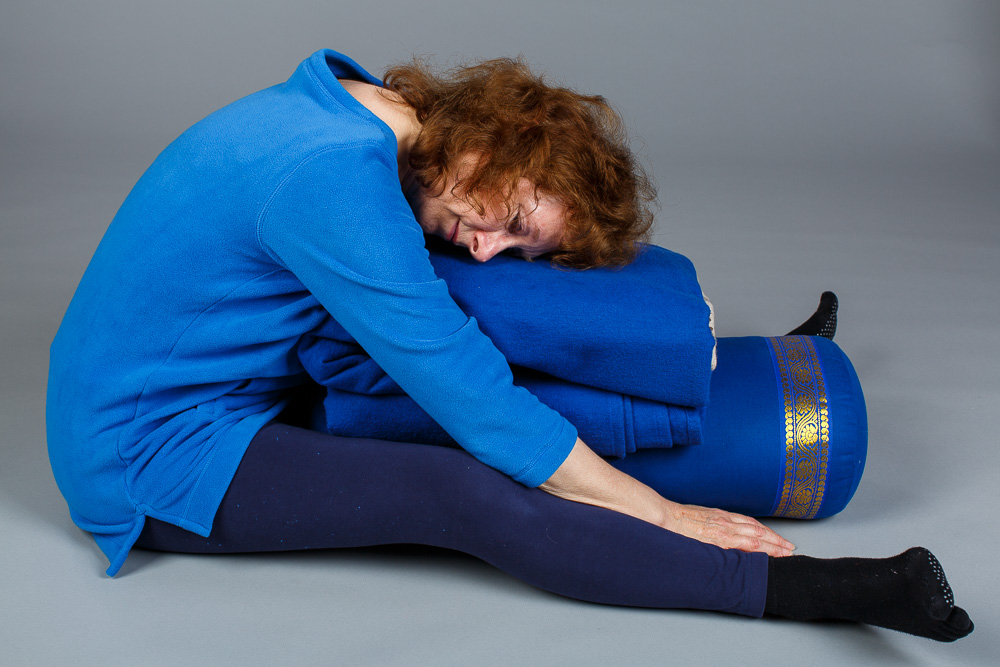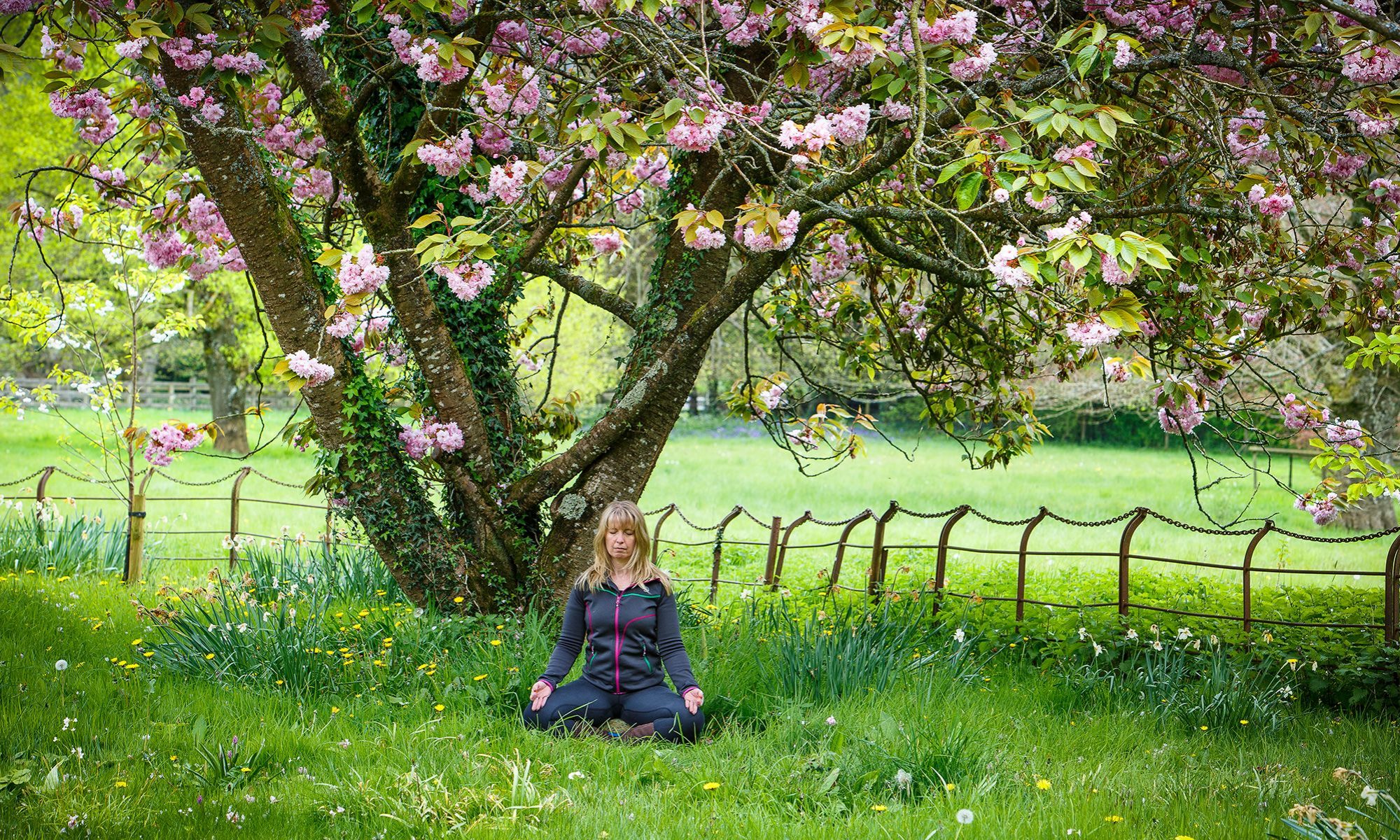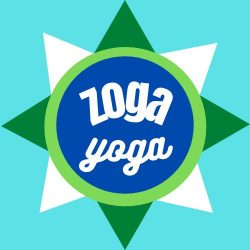Yoga isn’t just about stretching. It’s a holistic health system incorporating various practices; yoga stretches and poses, body awareness, breathing exercises, relaxation techniques, visualisation and meditation. Yoga Therapists use these elements separately (or together) to manage both physical and mental conditions. For example asthma, sports injury recovery, back ache, stress, arthritis and even symptoms of the menopause can be helped with yoga.
It’s becoming more common for GPs and Physiotherapists to recommend yoga for managing particular health conditions. I’ve had a number of people turn up at my classes with back pain or anxiety who’ve been told to try yoga by a GP. It’s great that health professionals are recognising the benefits of yoga. But if you’ve been told to attend yoga to help manage a specific health condition or alleviate pain you need a Yoga Teacher with the appropriate training and experience. So it’s best to seek out a Yoga Therapist.
As a Yoga Therapist i’ve completed further training in addition to my teaching qualification. This means I have a much greater understanding of anatomy and physiology. As well as the body’s energetic system. I’m also aware of the contraindications of particular poses and techniques, and know how to use yoga therapeutically to improve health and wellbeing. Like other complementary and alternative health professionals, a Yoga Therapist will take a holistic approach with each client. So rather than just address the symptoms of the condition, I will help a client identify the underlying cause and teach techniques to address that.

For example if you’re suffering from back pain, the underlying cause may be linked to how you hold your body when you’re stressed. As a Yoga Therapist I would teach some basic stretches to release tension from the relevant aching back muscles. I might use props like a bolster to support your body, so you can ease into a stretch gently. But if you’re regularly stressed those muscles are going to keep tensing up and your pain is likely to return. So further sessions may address that by including breathing exercises or relaxation techniques. These soothe the nervous system and further relax the mind and body. We may also utilise body awareness so you can recognise what triggers the tension in your back. Then you can use the simple stretches or relaxation techniques I have recommended to stop the tension building up in your body.

